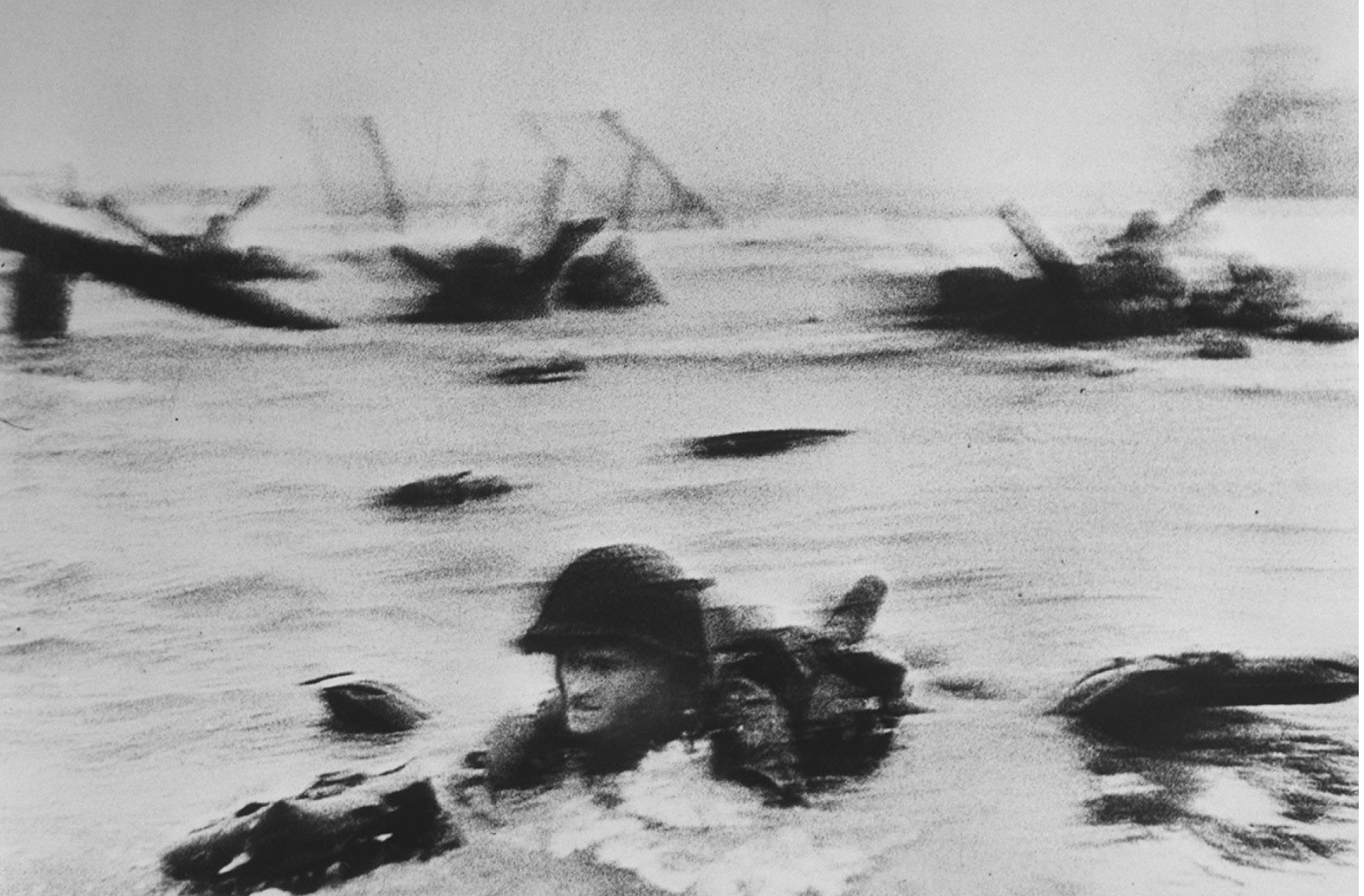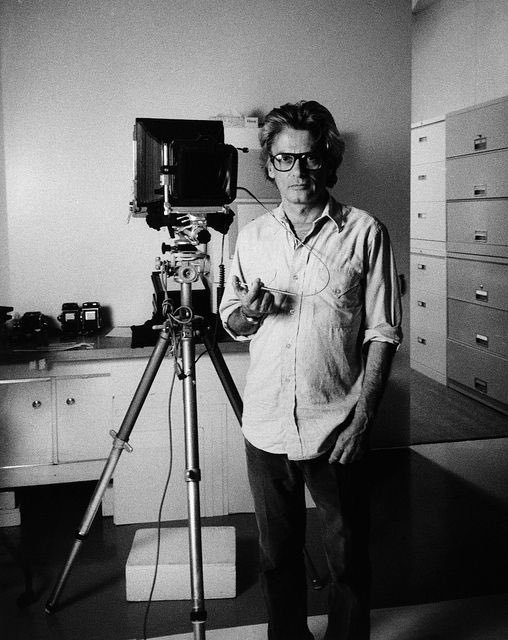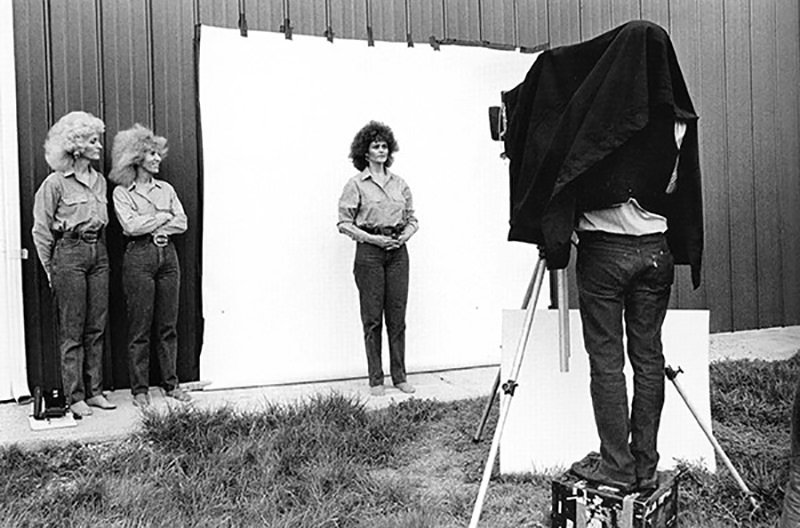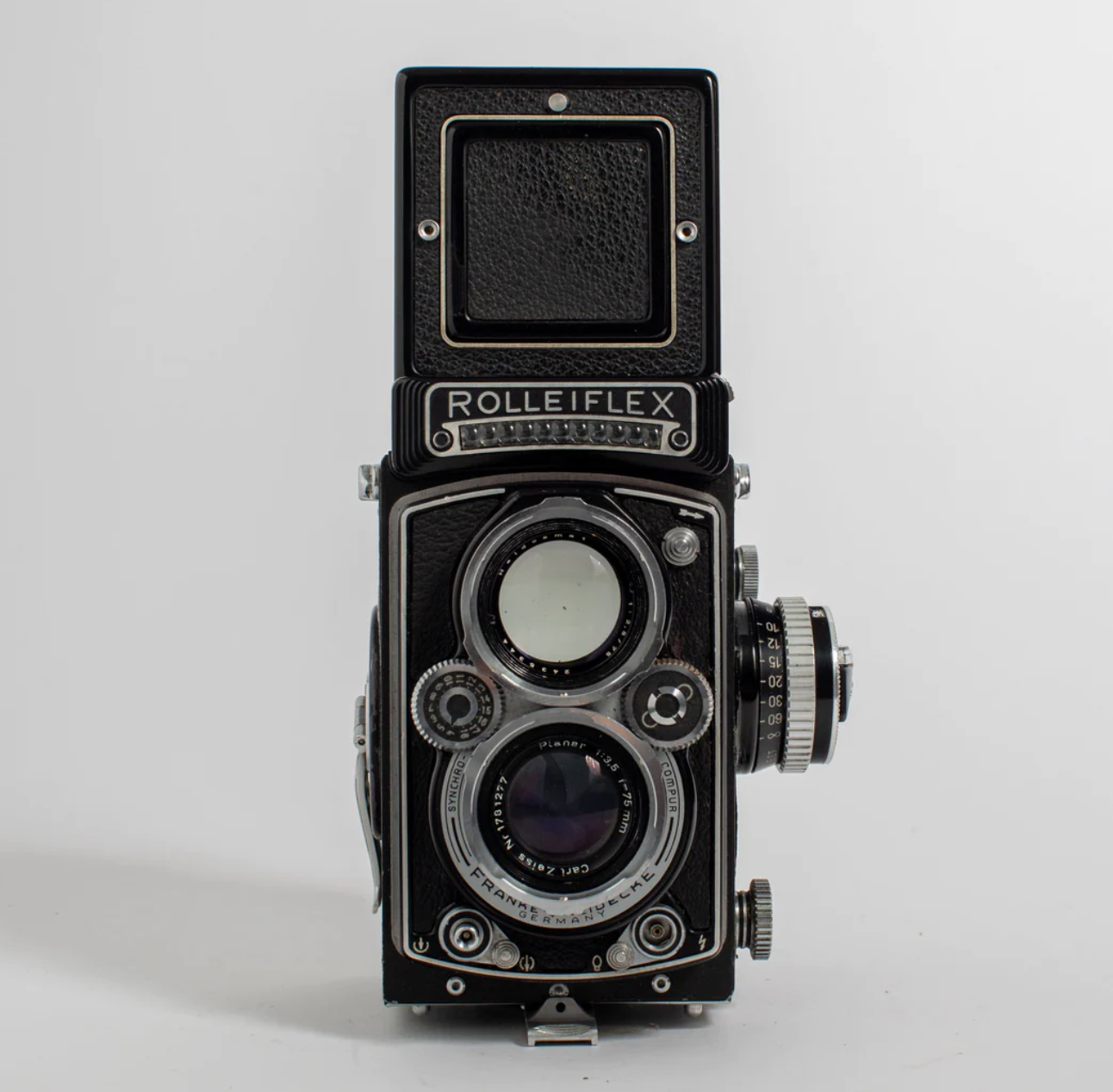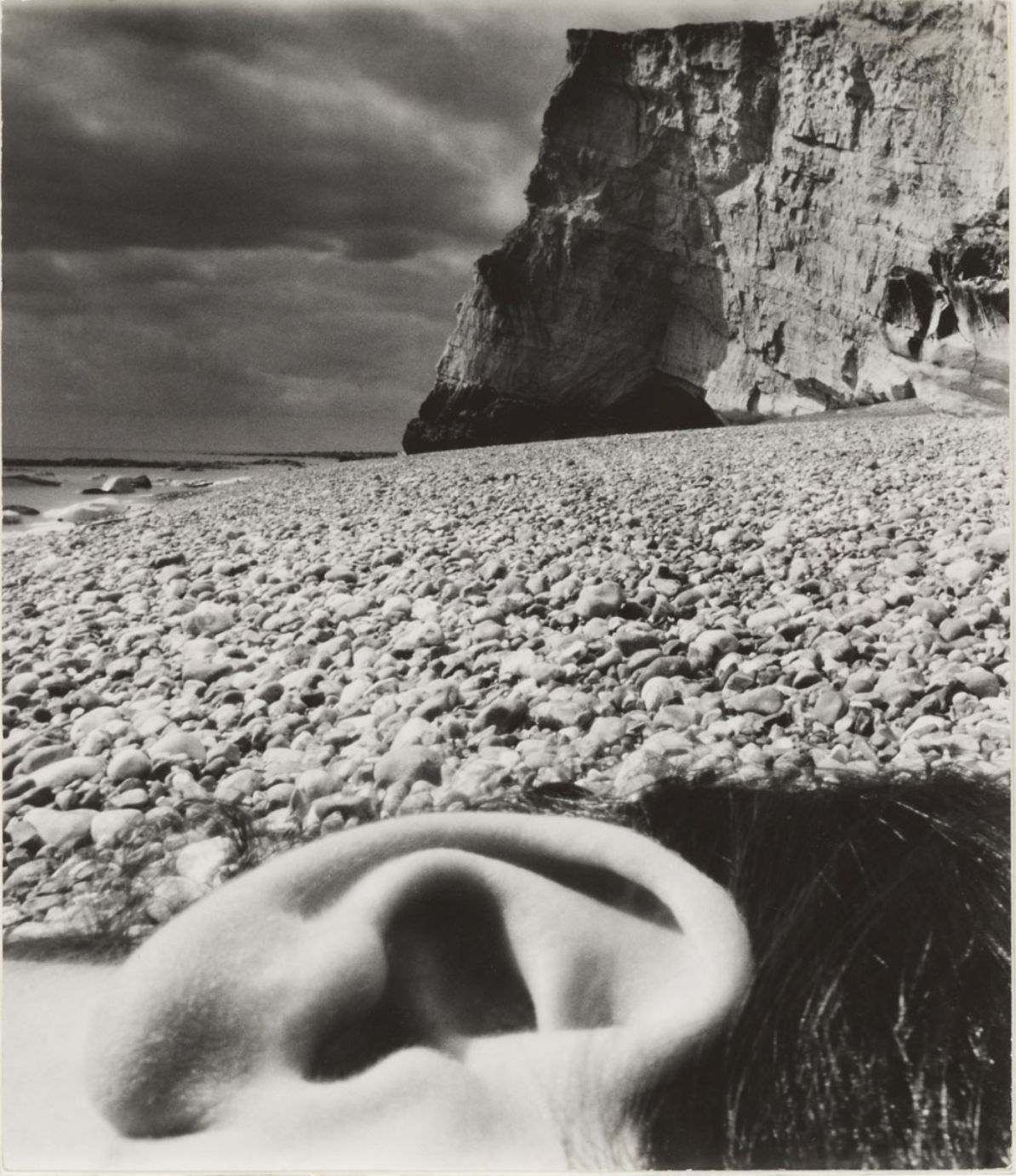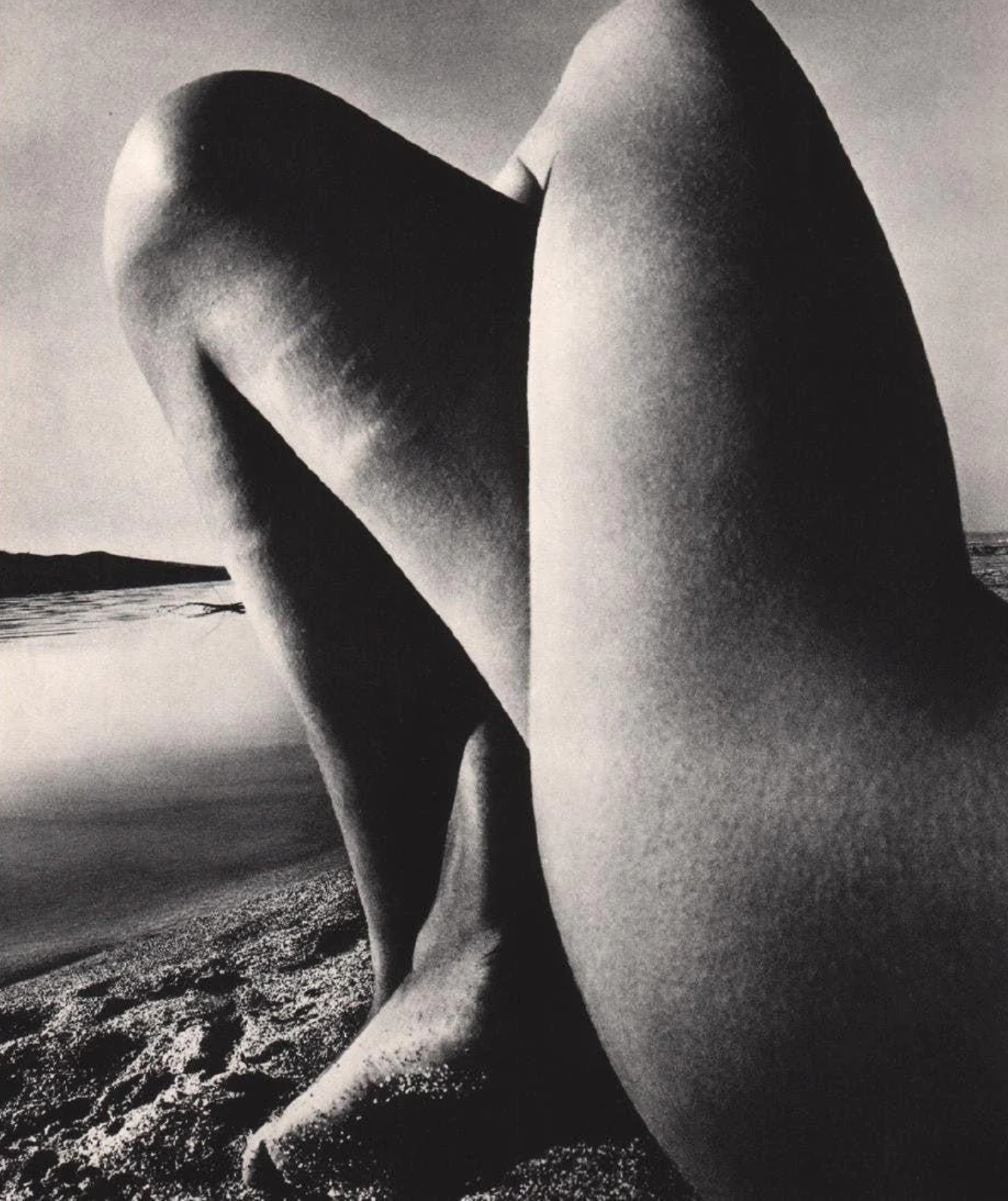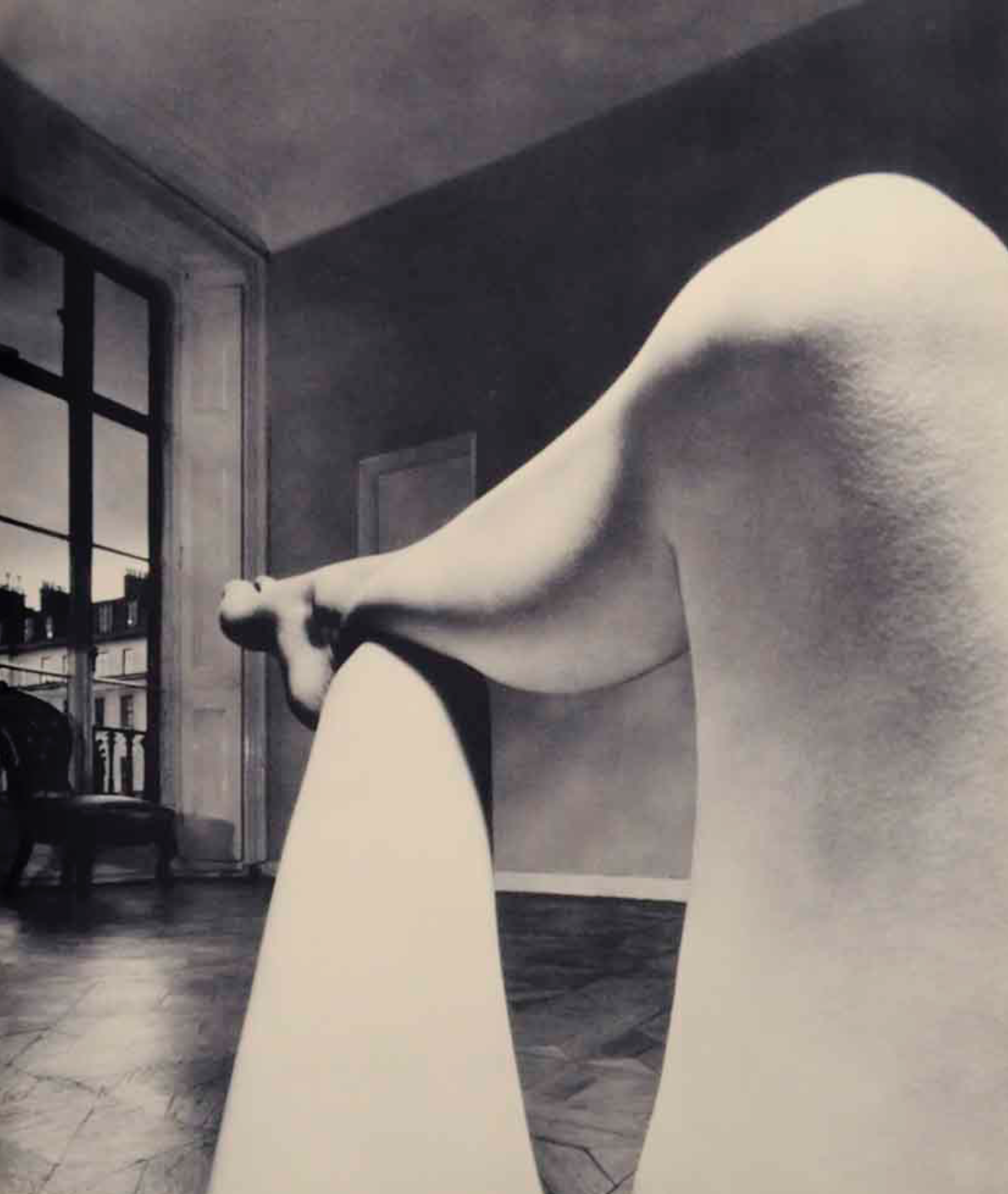5 Cameras Used by Iconic Photographers
Is it the camera or the photographer? Today we’ll look at 5 film cameras used by iconic photographers to see the specs, pros, and cons. Hopefully you’ll be able to see if any of these cameras may help you improve your craft or at least gain an appreciation for photographers who used these tools to make photographic history.
The first 5 people to use code ICONIC10 we’ll receive 10% off their first order. Place your order at nicefilmclub.com : valid through April 2024
The Contax II
Historical Relevance
Launched in 1936 by Zeiss Ikon, the Contax II was a groundbreaking response to the Leica series, refining the 35mm rangefinder camera with significant technological advancements. Born in the tumultuous pre-World War II era, it represents the pinnacle of pre-war camera technology, marrying innovation with the era's highly demanding photographic needs.
Technical Specs
Integrated Viewfinder and Rangefinder: Having a single-window system for both focusing and composing, this 35mm film camera enhanced user experience with a streamlined operation.
Film Advance Mechanism: This 35mm film camera featured a unique vertical dial for quick 35mm film advance, serving as a departure from the traditional knob wind.
Interchangeable Lenses: The film camera had versatility with a range of lenses for different photographic requirements. It uses a bayonet-style mount like other cameras made under Contax, Yashica, and Zeiss.
Build and Design: This camera was renowned for its durable construction and ergonomic design, ensuring both reliability and ease of use.
Pros
Versatility: The interchangeable lenses and advanced film mechanism make it adaptable to various photography styles and techniques.
Innovative Design: The integrated viewfinder and rangefinder system was ahead of its time, offering a more intuitive shooting experience. Although with today’s photographic advancements it can be a little underwhelming.
Durability: Constructed with a focus on quality, it's a camera built to last, enduring through extensive use.
Cons
Learning Curve: Its advanced features and unique operation can be challenging for beginners.
Availability of Parts: Given its age, finding replacement parts or service for maintenance can be difficult.
Weight and Size: Compared to modern cameras, it's bulkier and heavier, which might not appeal to those accustomed to compact devices.
Who Used It: Robert Capa
Capa's work across various conflicts, from the Spanish Civil War to World War II and beyond, showcases the Contax II's role in his photographic endeavors. Its relatively compact size and silent shutter allowed Capa to document moments of intense human emotion and the harsh realities of war with a discretion that would have been impossible with larger, more cumbersome equipment.
Capa was known for using this 35mm film camera along with the Nikon S and the Leica IIIa. Among the most iconic photographs taken by Capa with the Contax II are his images from the D-Day landings at Normandy. The raw emotion and immediate danger of the Allied invasion was captured through Capa's lens, conveying the harrowing experience of soldiers with unprecedented immediacy. Now I hope no one is expecting me to talk about the famous obert Cappa D Day negative story. If you don’t know what I’m talking about this story continues one of photography’s longest running myths and only expounds upon the lore of Robert Capa.
The Deardorff 8x10

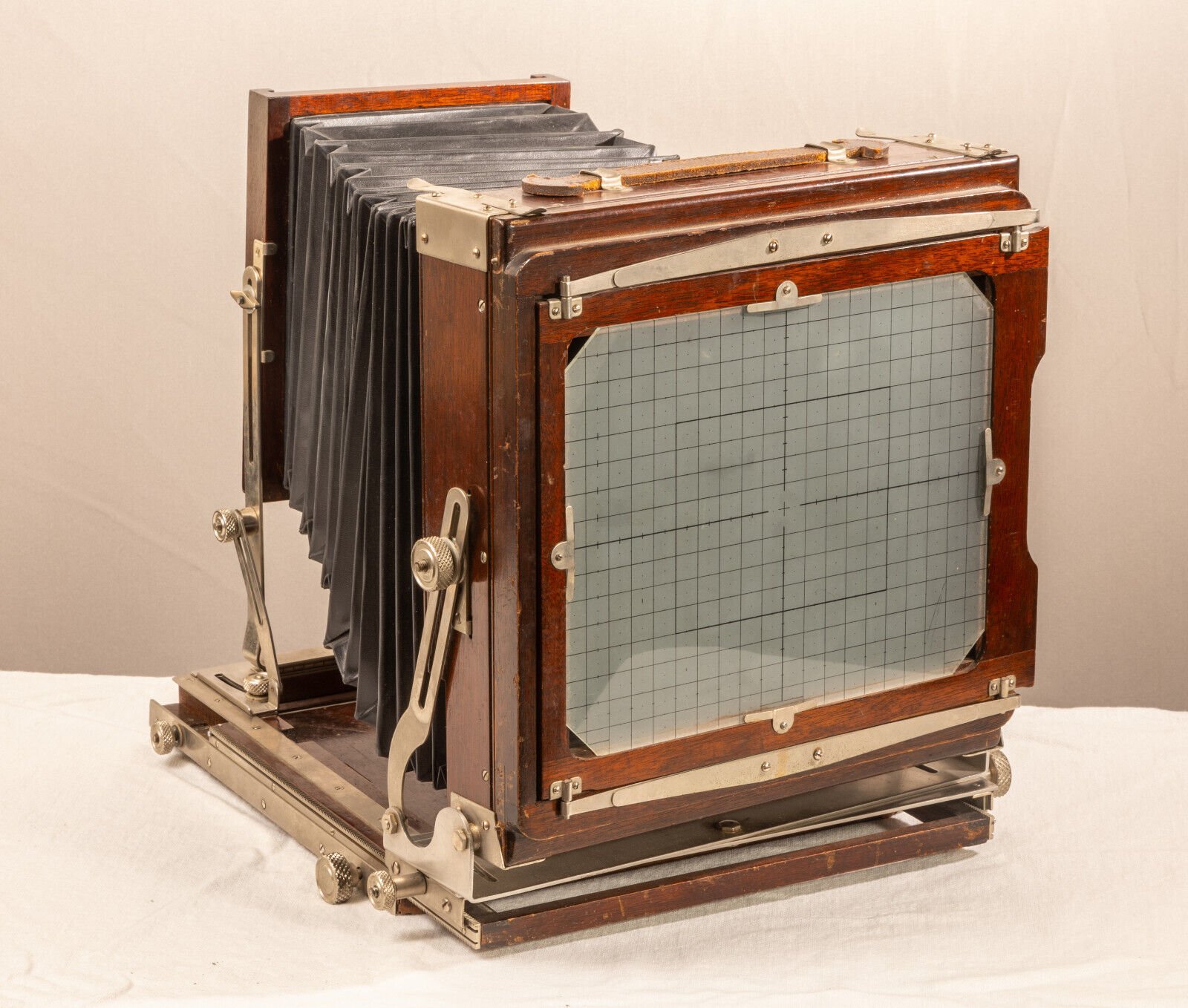
Historical Relevance
The Deardorff 8x10 film camera, with its origins rooted deeply in the early 20th century, was developed by the Deardorff family's company in Chicago. Its creation was a response to the growing demand for a versatile, high-quality large format camera that could withstand the rigors of professional use while offering the finesse required for fine art photography. The camera quickly became a favorite among professional photographers and serious amateurs alike, symbolizing the apex of large format camera design with its robust construction, ease of use, and exceptional optical performance.
Technical Specs
Bellows and Movements: The heart of the Deardorff 8x10's functionality lies in its flexible bellows and comprehensive range of movements (tilt, shift, swing, and rise/fall) which allow for unparalleled control over perspective, focus, and depth of field.
Build Quality: Handcrafted from beautifully finished wood and durable metal components, the camera is both a work of art and a testament to enduring craftsmanship. Just a beautiful thing to operate!
Lens Compatibility: Equipped with a universal lens board system, the Deardorff 8x10 can accommodate a wide variety of large format lenses, offering you the flexibility to choose the perfect optic for any scenario.
Focusing System: Utilizing a ground glass focusing screen on the rear standard, you can achieve highly precise focus.
Pros
Image Quality: The large 8x10 film format captures exquisite detail, dynamic range, and tonal gradation, producing images with a tangible depth and clarity that is unmatched by smaller formats or digital. This 8x10 camera can’t make small details pop with resounding clarity.
Versatility: With its adaptable lens system and extensive camera movements, the Deardorff 8x10 can tackle a wide range of photographic genres, from landscape and architectural photography to portraiture and still life.
Durability and Design: The craftsmanship of the Deardorff 8x10 ensured it not only lasted for generations but also maintained its value and exceptional functionality as a one of the best 8x10 cameras.
Cons
Size and Portability: The sheer size and weight of the Deardorff 8x10, along with its accessories, make it less convenient for on-the-go photography or situations requiring quick setup and mobility. If you have never handled one of these, that is a very important step before buying just to understand the sheer weight of this film camera.
Learning Curve: Mastering the use of a large format camera, with its manual controls and precise adjustments, requires practice and patience. If you’re buying this as your first film camera, it may be a mistake. If you are someone who struggles with the more mathematical and technical aspects of film photography, or patience for the matter, this may not be the camera for you.
Film and Processing: The cost and availability of 8x10 film, along with the process of developing and printing large negatives is only getting more scarce and more expensive. Having resources available to bring these negatives to life is essential before purchasing this film camera.
Who Used It: Richard Avedon
Richard Avedon shines as a beacon of innovation and artistic depth. Known primarily for his work in fashion photography and portraiture, Avedon's approach was transformative, breathing life and narrative into the still image. His use of the Deardorff 8x10 camera is a testament to the instrument's capability to capture not just the appearance of the subject, but the essence of their being.
One of Avedon's most notable projects utilizing the Deardorff 8x10 was "In the American West," a series of portraits that captured the diverse faces of America's landscapes and people. The project highlighted the Deardorff's unparalleled ability to render detail and texture, from the weathered lines of a ranch hand's face to the stark beauty of the western terrain.
The Rolleiflex 3.5F
Historical Relevance
The Rolleiflex 3.5F represents the culmination of the TLR (Twin Lens Reflex) design, a system that offered an innovative approach to medium format photography. At a time when photography was evolving rapidly, the Rolleiflex 3.5F set a standard for quality and versatility, becoming a symbol of photographic excellence. Its introduction marked a pivotal moment in the transition from large format cameras to more portable, yet equally capable, systems for professional use. This tool helped transition film cameras from a tool for the few to a tool for the many.
Technical Specs
Lens and Aperture: Equipped with a Zeiss Planar 75mm f/3.5 lens, known for its sharpness, contrast, and bokeh, the camera delivers images of exceptional quality. This camera really shines in low light and when shot wide open!
Viewing and Focusing System: The waist-level viewfinder, coupled with a bright focusing screen, allows for precise composition and focusing, embodying the quintessential TLR shooting experience.
Film Format: Utilizing 120 film, the Rolleiflex 3.5F produces 6x6 square negatives, a format celebrated for its sense of containment and used to craft some of the most well composed portraits in history.
Build Quality: Made with precision engineering and high-quality materials, this medium format film camera is not only durable but also a masterpiece of mid-century design.
Pros
Image Quality: The combination of the Zeiss Planar lens and medium format film yields images with remarkable detail, depth, and tonal range. This is not a film camera you will be disappointed with
Ease of Use: Despite its professional capabilities, the Rolleiflex 3.5F is intuitive to use, with straightforward controls and a user-friendly design.
Portability: Compact and lightweight compared to large format cameras, it offers a balance between portability and the image quality benefits of medium format film. This is a great film camera for street photography!
Cons
Fixed Lens: The fixed lens system limits focal length versatility compared to systems with interchangeable lenses. This camera might have to be used in combination with other setups, if you want versatility in your image profile.
Cost: High-quality construction and optics make the Rolleiflex 3.5F a significant investment, particularly for hobbyists. Again, the costs just go up and up but this medium format film camera is worth the investment.
Learning Curve: For those new to TLRs or medium format film, there is a learning curve to mastering the shooting technique and film handling. Waist level shooting doesn’t always come naturally and you may be surprised how difficult it can be to compose a good image at first.
Who Used It: Vivian Maier
Vivian Maier, a secretive and extraordinarily talented street photographer, is among the most celebrated users of the Rolleiflex 3.5F. Maier's work was discovered posthumously, revealing a treasure trove of images that captured the essence of urban America from the 1950s onwards. Her choice of the Rolleiflex 3.5F was pivotal in her photographic practice, allowing her to engage with her subjects and her surroundings with a discreet and unobtrusive presence.
This camera was just one among the arsenal of cameras she used but the waist level view finder worked right alongside her discrete personality. The waist-level viewfinder allowed for eye contact and interaction with subjects without the barrier of a camera pressed against the face. This approach facilitated the capturing of genuine expressions and moments, a hallmark of Maier's work.
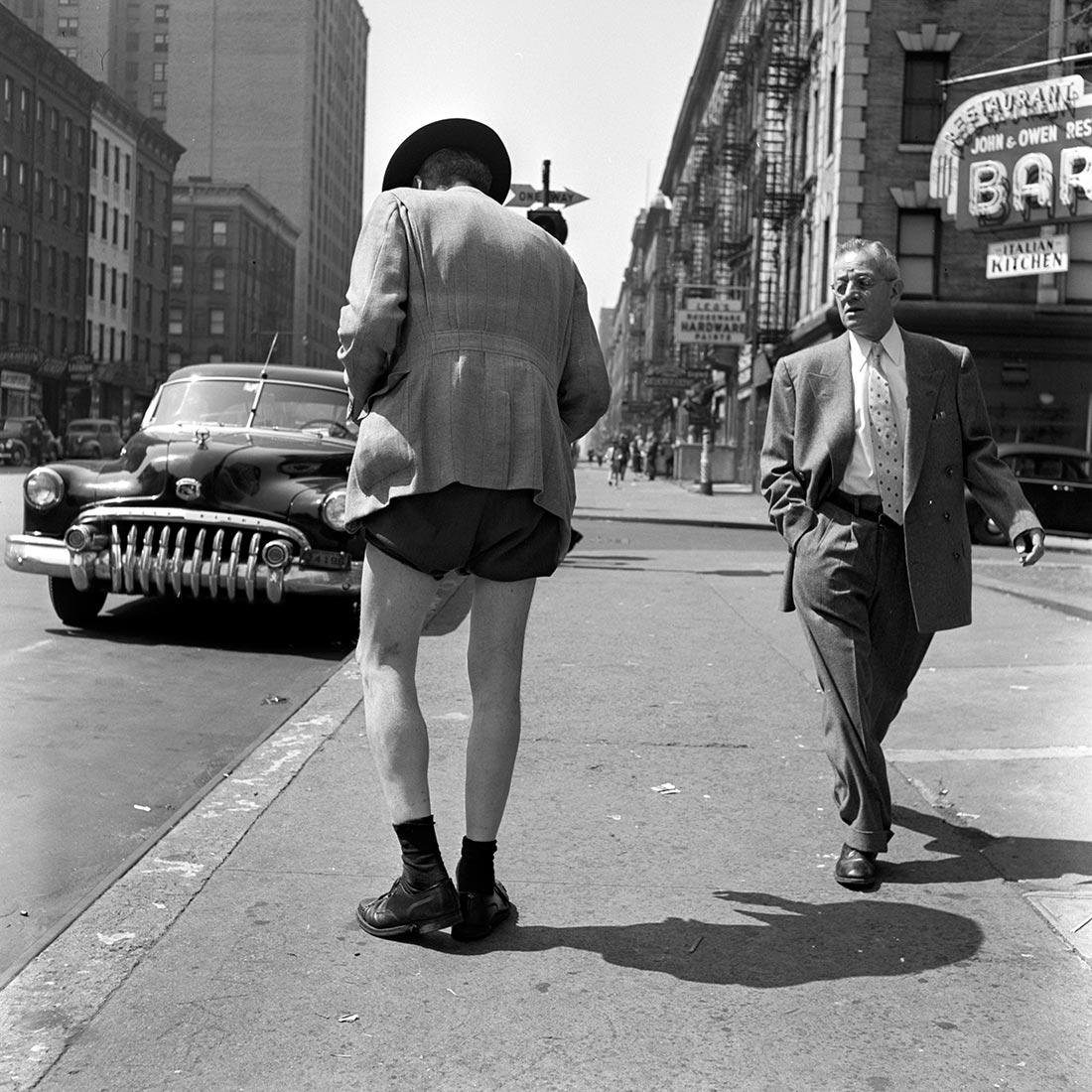
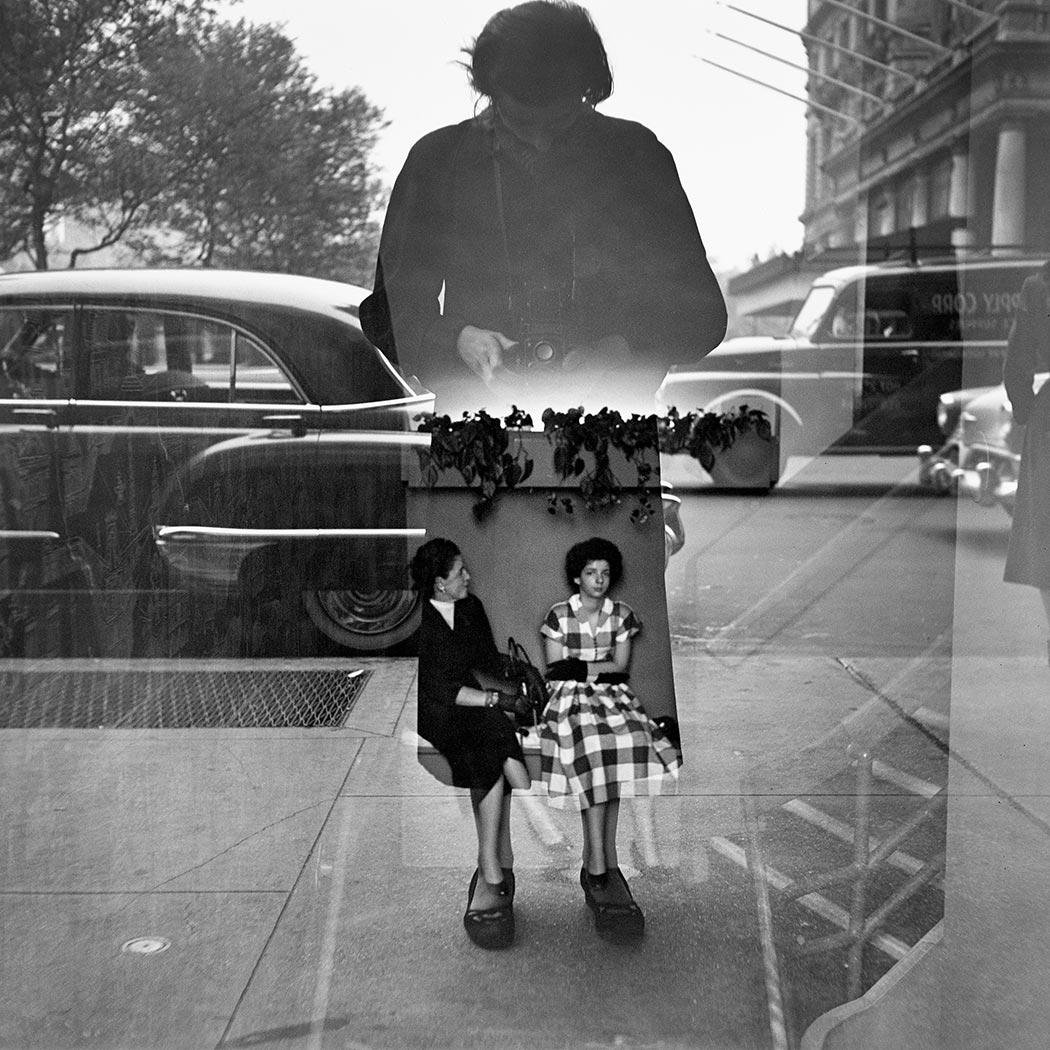
The Kodak Wide Angle Camera
Historical Relevance
In an age when photography was rapidly becoming a popular medium for artistic and documentary purposes, the Kodak Wide Angle Camera emerged as a tool that expanded the visual language of photographers. Its ability to capture wide, panoramic scenes without the need for stitching multiple images together was a fascinating departure from standard film photography. This capability made it an invaluable instrument for surveying, architecture, landscape photography, and any field requiring comprehensive views within a single frame.
Technical Specs
Lens and Field of View: Equipped with a specialized wide-angle lens, the camera was capable of capturing scenes with an exceptionally broad field of view, a feature that set it apart from its contemporaries.
Film Format: Utilizing large format film, the camera produced images with a high level of detail and clarity, suitable for large-scale prints and detailed examination (although not as clear as negs from the Deardorff)!
Design and Operation: The camera's design was focused on simplicity and efficiency, allowing for quick setup and use in the field. Its robust construction ensured durability under various environmental conditions. A unique feature of this large format film camera is its tiny legs that allows you to lay it on the ground and shoot vertically up!
Pros
Unmatched Perspective: The wide-angle lens offered a new perspective, enabling photographers to capture expansive landscapes and architectural structures in their entirety.
Image Quality: The use of large format film ensured that images captured with the Kodak Wide Angle Camera were of high resolution, with excellent detail and tonal range.
Versatility: Although designed with wide-angle photography in mind, the camera was versatile enough to be used in a variety of photographic genres, from documentary to fine art.
Cons
Portability: Given its size and the need for a tripod for optimal results, the camera was not as portable as smaller formats, making spontaneous photography very challenging.
Complexity for Amateurs: The camera's operation and the need for precise exposure calculation could be daunting for amateur photographers not accustomed to large format photography.
Limited Availability: The reality of this camera is that it’s very niche and wasn’t utilized as much as the other highly recognizable cameras on this list. It’s cons lie both in the lack of information on this film camera and the lack of the cameras themselves.
Who Used it: Bill Brandt
The most interesting thing about this film camera is who used it, photographer Bill Brandt. To quote from Greg Neville’s photography blog on this camera, “In the 1940s, Bill Brandt was tipped off by a friend about an interesting camera in a local antique shop in London. He bought it and subsequently used it for his project Perspective of Nudes which became a key book of 20th century photography. Vintage copies now sell for $1200.
What Brandt had bought was a rare Kodak Wide Angle Camera with Zeiss Protar Lens, used by police for recording crime scenes. The wide angle lens captured the whole scene while the small f45 aperture gave full depth-of-field. Essentially it was a fixed focus box camera allowing untrained coppers to get the shot on the generous full plate film. The lens was a Carl Zeiss Jena f18 Protar of 85mm focal length, giving a very wide 110 degree angle of view, equivalent to 15mm lens on 35mm format.”
Leica M3
Historical Relevance
The Leica M3 set a new standard for 35mm rangefinder cameras, establishing features that would become benchmarks for quality and performance in the modern photo industry. It was the first in the iconic M-series, renowned for its intuitive design and mechanical excellence. The camera's introduction came at a time when photojournalism and candid photography were on the rise, to meet the demands of photographers who required a reliable, unobtrusive camera that could produce sharp, high-resolution images.
Technical Specs
Lens Compatibility and Quality: The Leica M3 introduced the now-standard M-mount, allowing for a wide range of high-quality lenses to be easily interchanged, from wide-angle to telephoto, each renowned for their sharpness and optical precision.
Viewfinder Clarity: The camera featured a bright, combined viewfinder and rangefinder with automatic parallax correction, providing clear and accurate framing and focusing, even in low light conditions.
Build and Ergonomics: Crafted with meticulous attention to detail, the Leica M3's all-metal body and ergonomic design made it both durable and comfortable for extended use. This no frills design did not age out and is still a classically cool camera today.
Film Loading and Advance: The M3 introduced a convenient film loading system and a smooth, single-stroke film advance lever, enhancing the shooting experience and reliability.
Pros
Image Quality: The combination of the M3's precise mechanics and the superior optics of Leica lenses resulted in images of outstanding quality, with fine detail and rich tonality that still hold up today.
Durability and Reliability: With its robust construction and mechanical precision, the Leica M3 was built to last, often surpassing the lifespan of its owners. They’re still on the market!
Versatility and Usability: The interchangeable lens system and intuitive controls made the M3 highly versatile, suited for a wide range of photographic styles and techniques.
Cons
Cost: The high quality and precision engineering of the Leica M3 makes it a significant investment, placing it out of reach for some photography enthusiasts. However as far a Leica’s go, this one is on the cheaper side.
Learning Curve: For those new to rangefinder systems, mastering the Leica M3's focusing mechanism could take time and practice. The M3 does not come with a light meter or a hot shoe for a flash, two things lots of photographers have come to expect in a camera.
Weight and Size: While compact for a professional-grade camera, the solid construction of the M3 made it heavier than other cameras considered portable by contemporary standards. However I believe it makes up for this in its compact size.
Who Used it: Henri Cartier-Bresson
Hopefully no one is a stranger to the work of Bresson! Often hailed as the father of modern photojournalism, Bresson famously used the Leica M3 as his camera of choice. His philosophy of capturing the "decisive moment" was facilitated by the Leica M3's discreet profile and operational speed.
Cartier-Bresson's preference for the Leica M3 was rooted in its ability to function as an extension of his vision and intuition. The camera's compact size allowed him to move through crowds unnoticed, its quiet shutter enabling him to capture candid moments without disturbing the scene. Bresson was even known for wrapping black tape around the camera’s chrome body to give it an even more discrete look.
Have comments, questions, or corrections? Leave a comment and I’ll get back to you!
Be Sure to visit nicefilmclub.com for all your film development and scanning needs!


